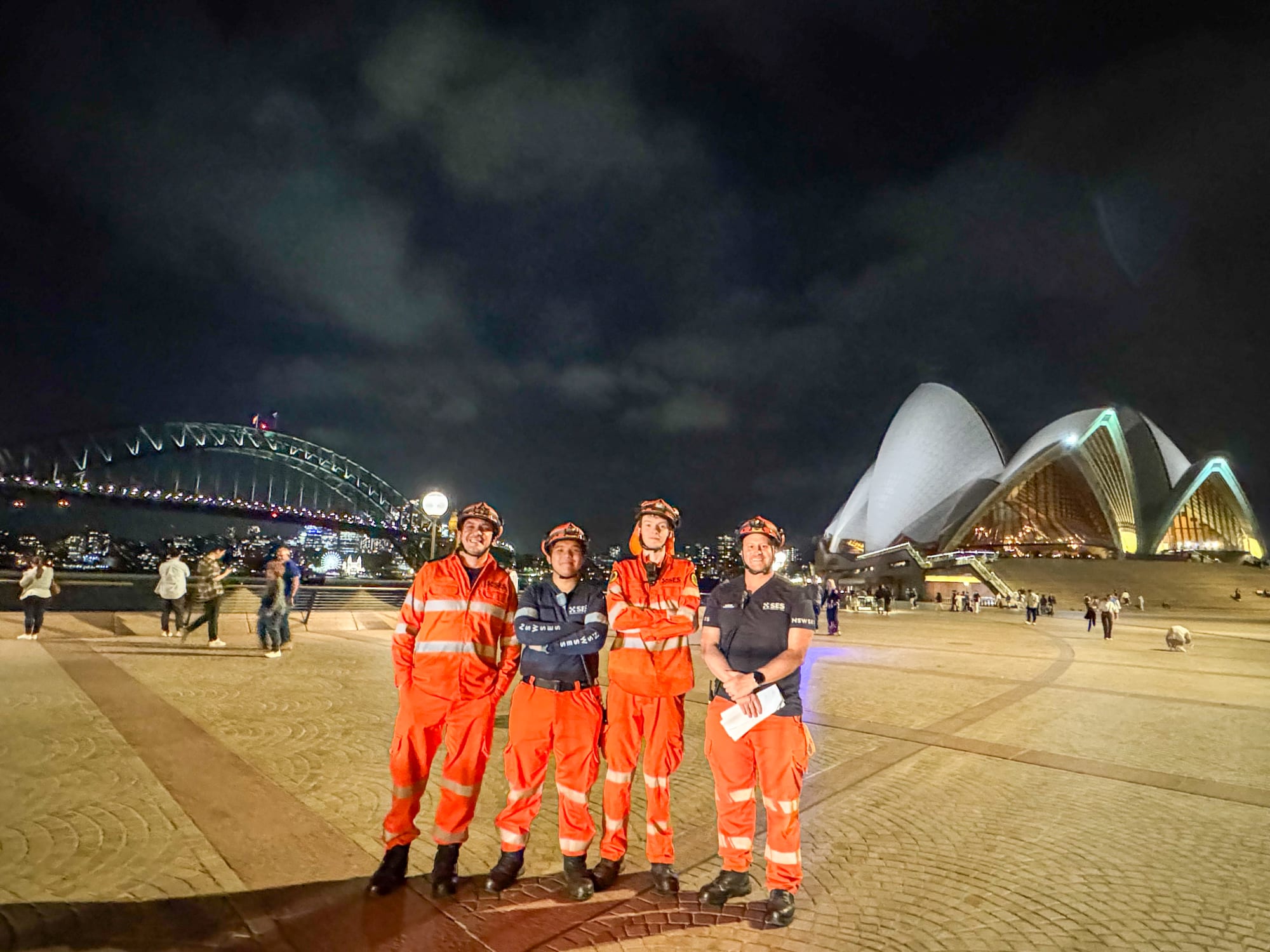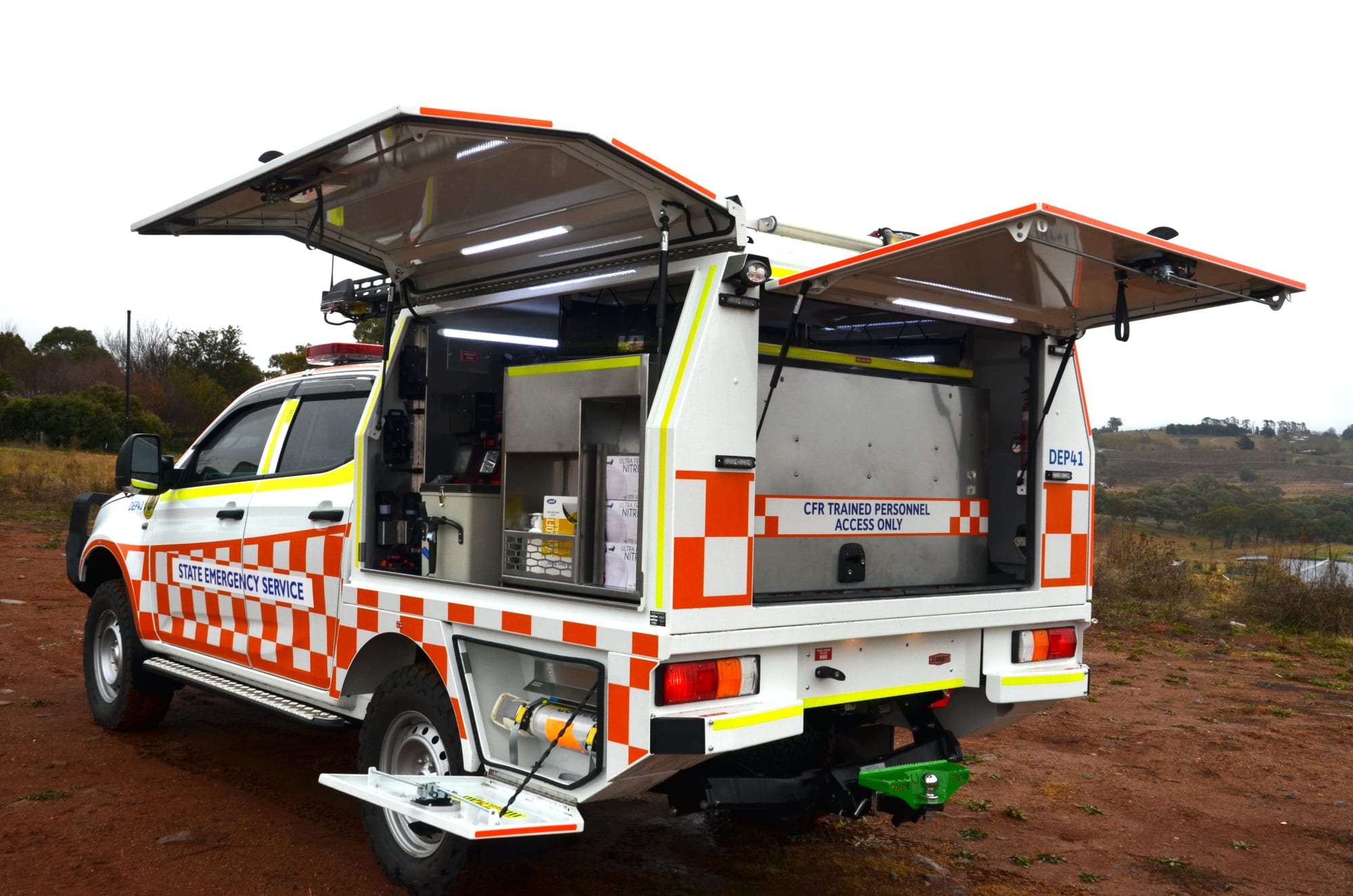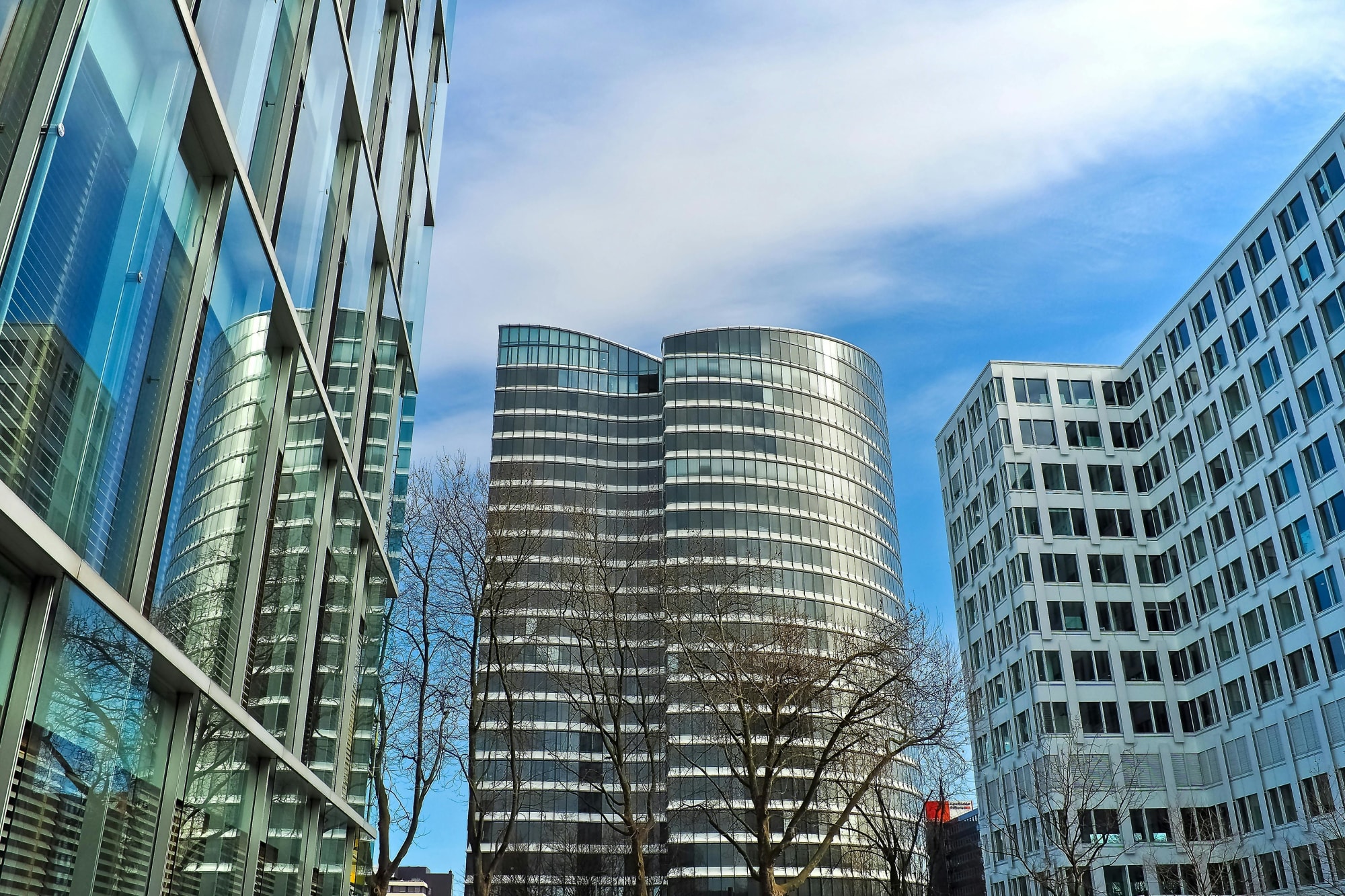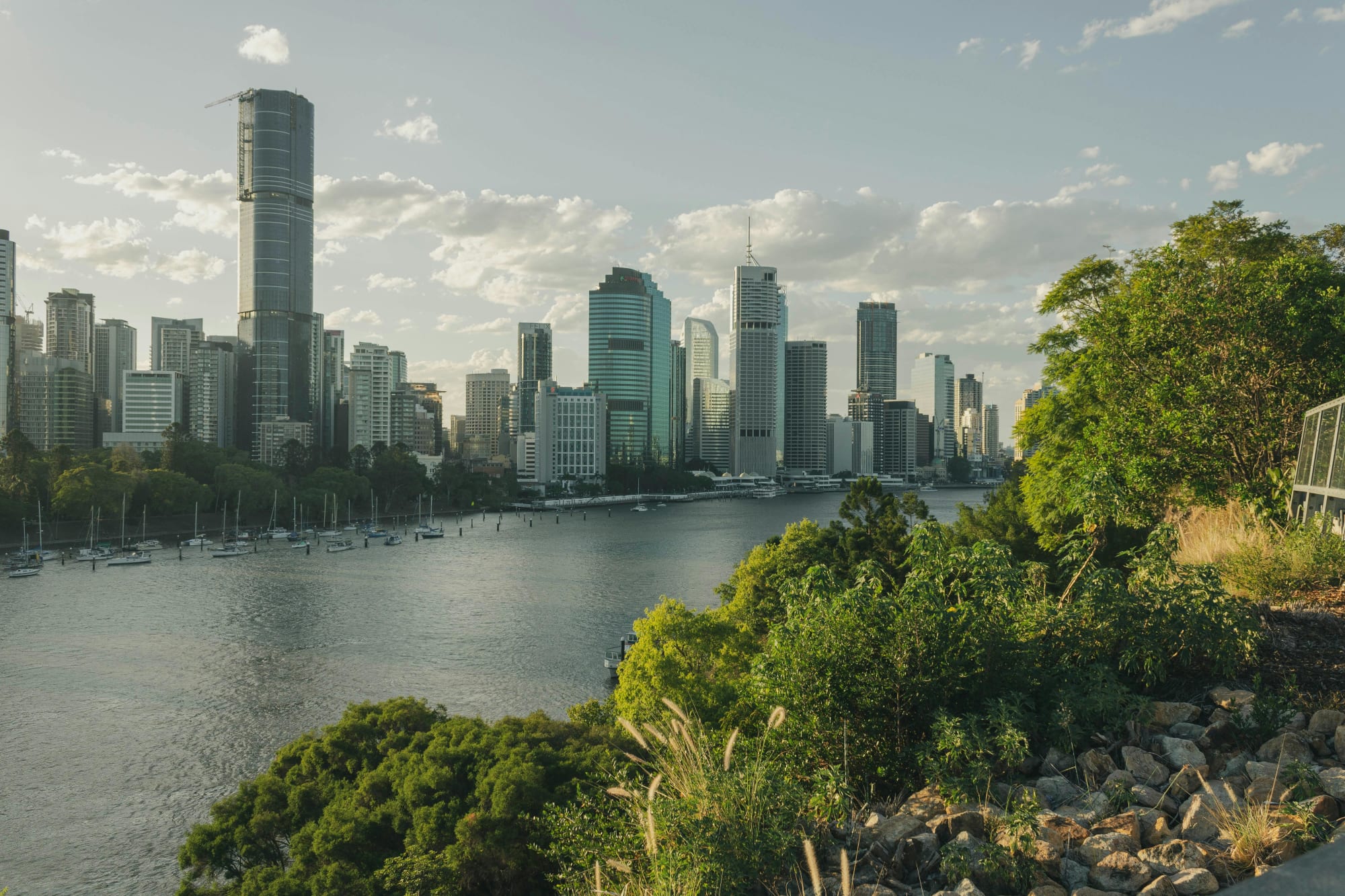Invest
Indebted until 2056: Why we need tax reform
An 18-year-old entering the workforce in 2020 can’t expect to see another federal budget surplus until they are at least 37 years old, new modelling has revealed.
Indebted until 2056: Why we need tax reform
An 18-year-old entering the workforce in 2020 can’t expect to see another federal budget surplus until they are at least 37 years old, new modelling has revealed.

PwC has analysed government budget figures to reveal that it could take the Australian government another 19 years to return to a budget surplus due to COVID-19.
It also said that Scott Morrison and the Treasury’s aim to reach zero net debt could be 27 years away.
The big four firm’s forecasting pre-pandemic showed that the budget was projected to reach zero net debt in 2029-30, but due to ballooning deficits and the current economic climate, this will be delayed until at last 2056-57.
By the end of March 2020 – the month when the pandemic was declared in Australia – the Commonwealth’s net debt was around $430 billion, approximately $37 billion higher than the most recent end of financial year forecasts had predicted.

PwC said it expects this burden to grow even further.
As a result, that same 18-year-old cannot expect net debt in Australia to hit zero until they near the age of 55.
The grim outlook has caused the professional services giant to call for significant tax reforms and an overhaul to the Australian tax system.
Tax partner Paul Abbey said tax reform will be needed “more than ever in post-COVID-19 Australia”.
“Now is the time to be planning for comprehensive changes to the tax system.”
Despite the stance, PwC is also cautioning against acting too soon – warning that the country’s health and economic situation must be stabilised before any changes can be implemented.
According to Mr Abbey, tax reform in the midst of COVID-19’s economic shock would pose “further disruption to householders and businesses that are already being asked to change on many fronts, and may give rise to reforms that will need to be recalibrated once some stability returns”.
“But that does not mean that we should be doing nothing,” he continued.
“Now is the time to plan for reforms as we emerge from the immediate crisis.”
While yet to reveal how exactly this reform could take place, PwC has argued that reform “should be undertaken through a transparent process”.
This should further build on the public trust that the consultancy firm said “has been established in the way governments, business, unions and community groups have come together to respond to the COVID-19 crisis”.
The firm’s chief economist, Jeremy Thorpe, has also weighed in, noting the reform process needs to be seen “as fair and equitable”.
“This also means that excluding certain taxes or concessions from any review will undermine trust and affect the acceptability of any final package of reforms.”
Did you enjoy this article? You may also be interested in:
- 6 ways Australia can rebuild beyond the recession
- How to make the most out of the end of the financial year
- 9 things you can and can’t claim tax on this year
About the author

About the author


Economy
NSW SES boosts tsunami preparedness ahead of World Tsunami Awareness Day
As World Tsunami Awareness Day approaches on 5 November, the New South Wales State Emergency Service (NSW SES) is ramping up efforts to enhance tsunami preparedness along the east coastRead more

Economy
Lifesaving Regional Response Strengthened with New NSW SES Vehicles
In a significant boost to regional emergency services, the NSW State Emergency Service (SES) has unveiled 11 new Community First Response (CFR) vehicles, designed to enhance the speed and safety of ...Read more

Economy
Australia's June quarter GDP growth driven by consumer and government spending
Australia's economy has shown unexpected resilience in the June 2025 quarter, with household and government consumption driving growth despite a significant decline in public investmentRead more

Economy
Australia's GDP surprise is real but operators should heed the growth mix warning light
Australia’s June-quarter growth beat expectations on the strength of household consumption and government spending, even as public investment sagged. The upside surprise signals resilience, but the ...Read more

Economy
Households carried the quarter: what Australia’s upside GDP surprise means for strategy now
Australia’s economy expanded faster than expected in the June 2025 quarter, with GDP up 0.6 per cent quarter-on-quarter and 1.8 per cent year-on-year — the strongest pace in two years. The kicker ...Read more

Economy
Inflation dynamics in Australia: Electricity subsidies and labour market in focus
In a recent economic analysis, experts from State Street have highlighted significant developments in Australia's inflation landscape, attributing the changes primarily to the withdrawal of ...Read more

Economy
Australia's economic growth driven by consumer and government spending: A closer look at the June quarter
Australia's economy has delivered a surprising performance for the June 2025 quarter, surpassing expectations with a growth rate of 0.6% quarter-on-quarter and 1.8% year-on-year. This unexpected ...Read more

Economy
Australian and Korean leaders meet to unlock billions in new trade opportunities
In a significant effort to bolster economic ties and explore new avenues for investment, Australian and Korean leaders, alongside business executives and government officials, are gathering in Seoul ...Read more

Economy
NSW SES boosts tsunami preparedness ahead of World Tsunami Awareness Day
As World Tsunami Awareness Day approaches on 5 November, the New South Wales State Emergency Service (NSW SES) is ramping up efforts to enhance tsunami preparedness along the east coastRead more

Economy
Lifesaving Regional Response Strengthened with New NSW SES Vehicles
In a significant boost to regional emergency services, the NSW State Emergency Service (SES) has unveiled 11 new Community First Response (CFR) vehicles, designed to enhance the speed and safety of ...Read more

Economy
Australia's June quarter GDP growth driven by consumer and government spending
Australia's economy has shown unexpected resilience in the June 2025 quarter, with household and government consumption driving growth despite a significant decline in public investmentRead more

Economy
Australia's GDP surprise is real but operators should heed the growth mix warning light
Australia’s June-quarter growth beat expectations on the strength of household consumption and government spending, even as public investment sagged. The upside surprise signals resilience, but the ...Read more

Economy
Households carried the quarter: what Australia’s upside GDP surprise means for strategy now
Australia’s economy expanded faster than expected in the June 2025 quarter, with GDP up 0.6 per cent quarter-on-quarter and 1.8 per cent year-on-year — the strongest pace in two years. The kicker ...Read more

Economy
Inflation dynamics in Australia: Electricity subsidies and labour market in focus
In a recent economic analysis, experts from State Street have highlighted significant developments in Australia's inflation landscape, attributing the changes primarily to the withdrawal of ...Read more

Economy
Australia's economic growth driven by consumer and government spending: A closer look at the June quarter
Australia's economy has delivered a surprising performance for the June 2025 quarter, surpassing expectations with a growth rate of 0.6% quarter-on-quarter and 1.8% year-on-year. This unexpected ...Read more

Economy
Australian and Korean leaders meet to unlock billions in new trade opportunities
In a significant effort to bolster economic ties and explore new avenues for investment, Australian and Korean leaders, alongside business executives and government officials, are gathering in Seoul ...Read more








